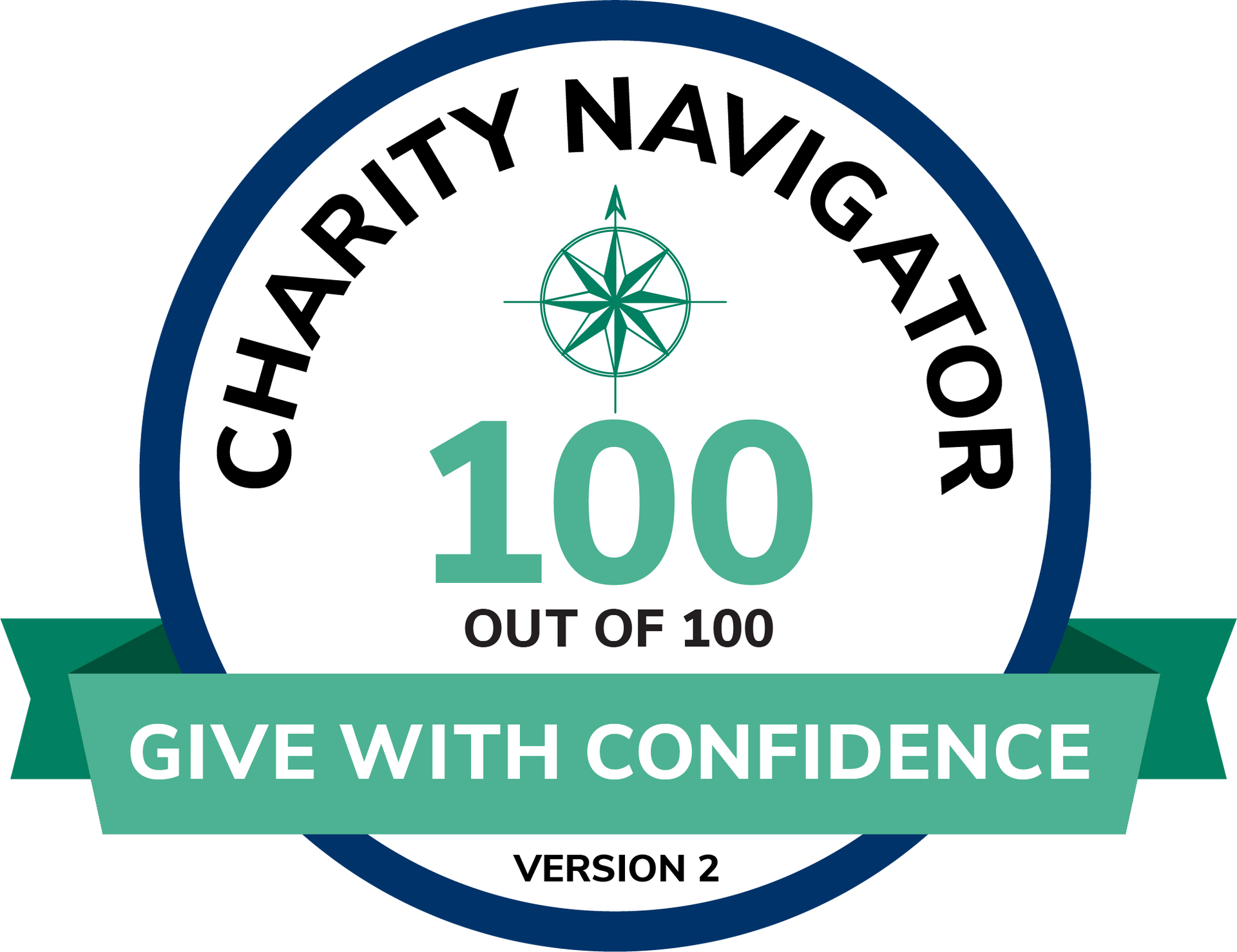

Until the early 1960s, children and their healthcare providers had to rely only on treatments and therapies that were tested and proved effective in adults. However, because children’s bodies and brains are not yet fully developed, their bodies’ physiology and chemistry can react very differently to illness and disease than those of adults. Pediatric clinical trials are necessary to create evidence-based treatment protocols that are safe and effective for children. These trials are open to adolescent participation, provided the consent of a legal parent or guardian.
Pediatric clinical trials follow a similar process to adult clinical trials, including: Developing research questions, securing funding, developing a formal protocol or study plan, gaining approval from an Institutional Review Board, enrolling participants, performing the study, collecting the data, analyzing the results, and publishing the research findings in peer-reviewed journals.
We’ve prepared a Glossary of Clinical Trial Terms that you can reference at any time as you learn about clinical trials.
If you are an advocate and would like to learn more to assist families navigating clinical trials, please email info@solvingkidscancer.org.

CLINICAL TRIAL DESIGN

A well-designed clinical trial is crucial to ensuring that specific endpoints, or outcomes, are met and that the researchers’ ultimate questions are answered. The lead researcher in charge of the trial of a specific study is called the Principal Investigator (PI). The PI works with a team of health professionals, often including social workers and study nurses. There is also typically a study coordinator, who oversees the administration of the trial.
Each trial is dictated by a protocol, or design plan, that outlines the hypothesis the researchers will be testing and what methods they will use to do so. The protocol also defines additional details such as the administration methods, dosage, schedule of study visits, follow-up and monitoring procedures, and enrollment criteria.


Enrollment criteria specify who can participate in the study. Inclusion criteria are qualifications that a subject must meet in order to participate in the trial while exclusion criteria disqualify subjects from participation. These criteria help to eliminate any potential confounding factors from the trial in order to ensure it is as controlled and accurate as possible.
Each trial is dictated by a protocol, or design plan, that outlines the hypothesis the researchers will be testing and what methods they will use to do so. The protocol also defines additional details such as the administration methods, dosage, schedule of study visits, follow-up and monitoring procedures, and enrollment criteria.


Another method used to reduce bias is called “blinding.” A randomized trial is "blind" if the participant is not told whether he or she is on the experimental or control arm of the study. A “single-blind” study means that one group -- either participants or researchers -- is unaware of the therapy the participant is taking. In a “double-blind” study, neither group knows who is receiving the experimental therapy and who is receiving a placebo or other therapy. Double-blind trials are considered the most objective as they eliminate the possibility for any conscious or unconscious bias that could affect the outcome.
PHASES OF CLINICAL TRIALS

PHASE I
IS THE TREATMENT SAFE?
Phase I trials use a small number of participants (10-100 adults; 10-30 children) to test novel therapies for safety, toxicity, and dose. The first few participants get a low dose of the treatment. If there are only minor side effects, the next few get a higher dose. This process continues until doctors find a dose that’s most likely to work within an acceptable level of side effects. While there may be early indications that a therapy works, determining efficacy is not the goal of Phase I trials.

PHASE II
DOES THE TREATMENT WORK?
Once the safety of the treatment has been established, Phase II clinical trials test the efficacy or effectiveness, of the therapy on a larger number of participants (50-500 adults; 30-60 children). Phase II trials often run longer than Phase I -- typically lasting several months to a few years. As the study progresses, decisions based on the treatment’s efficacy are made to advance to Phase III trials or to terminate the study. Only about one-third of novel therapies make it through Phase II trials.

PHASE III
IS IT BETTER?
Phase III clinical trials compare the safety and efficacy of the new treatment against the current standard treatment. Study participants are often picked at random to get either the standard treatment or the new treatment. Phase III clinical trials include a larger number of patients and can last several years. These studies are often carried out across the country (or around the world) at the same time. Data would be submitted to the FDA as evidence for approval of the new therapy.

PHASE IV
WHAT CAN WE STILL LEARN?
Once the therapy has been approved and brought to market, studies may continue. Even after testing a new medicine on thousands of people, all the effects of an approved treatment may not be known. Some questions may remain. Are there rare side effects that haven’t been seen yet, or side effects that only show up after taking the medicine for a long time? Additional studies are conducted to monitor the therapy’s performance and determine whether its effectiveness is long-lasting.
CLINICAL TRIAL ETHICS
While testing novel treatments, therapies, and devices on human subjects are required to approve their use by the broader public, it also necessitates that regulations be established in order to protect the safety of those involved.
Before a clinical trial begins, its protocol must be extensively reviewed by an Institutional Review Board (IRB) to see that its benefits outweigh its risks. IRBs are objective committees made up of members from each research institution, including physicians, statisticians, ethicists, local community members, patient advocates, and sometimes people with the disease under study.
Independent review of the clinical trial protocol by an IRB is required for U.S. studies funded by the Department of Health and Human Services (DHHS), the FDA, and other U.S. federal agencies. In addition to federal requirements, some states also have their own regulations governing human research.

FINDING A CLINICAL TRIAL FOR YOUR CHILD
Visit www.clinicaltrials.gov.
You can find the most comprehensive list of clinical trials from the National Institutes of Health at www.clinicaltrials.gov
Prepare a treatment summary.
You may need key information about your child’s medical history to find a suitable trial. Your doctor can provide a treatment summary for you, but you may want your own copy to keep it up to date. Your child’s treatment summary should include:
‣ Diagnosis details, age, tumor type, etc.
‣ All treatment and dates received
‣ Copies of scans and results
‣ Current health and disease status
Talk to your doctor.
It’s a good idea to include your pediatric oncologist in any conversation about your child’s treatment. Ask your child's doctor about clinical trial options and about specific trials that may have come up in your research. If you are not satisfied with your doctor’s treatment approach, you can always seek a second opinion.
Contact the Principal Investigator (PI) of the trial you are interested in.
After talking with your child’s doctor, if a specific clinical trial may be reasonable to consider, you can contact the PI or ask your doctor to contact the PI on your behalf. You may be asked to send your child’s treatment history in advance of meeting with the PI. If you do choose to enroll your child in the trial, it is important that you continue to see your regular physician and monitor your child.
THINGS TO CONSIDER
Clinical trials can offer options to children whose illness is not responding to treatment, but it is important to weigh the potential benefits against the risks when considering enrolling your child in a trial. Because clinical trials are testing novel therapies or devices, researchers cannot guarantee the effectiveness of the therapy, nor can they rule out unforeseen toxicities or side effects.
Here are some questions to help guide your decision:
‣ What innovation is being tested?
‣ Has this innovation been tested before and if so, what were the results of earlier studies?
‣ Are there any known risks or side effects?
‣ Will participants in the control group receive any treatment? If so, what?
‣ What is involved in study visits, and how frequently are they required?
‣ Will my child still have access to the tested treatment after the trial ends?
‣ What long-term follow up will be done?
Get the Latest News
Stay up to date on all the latest news, including our new research projects, advances in treatment, upcoming events and more.








































































